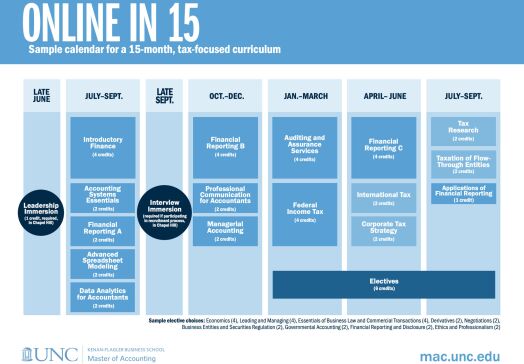

You will learn how to represent a digital system using a hardware description language (Verilog/System Verilog HDL), how to simulate the design, and how to implement a prototype on a reconfigurable (i.e., rewritable/reprogrammable) chip (FPGA). In this course you will learn to design digital circuits and systems using state-of-the-art computer-aided design (CAD) tools. You will need to sign up for Piazza and monitor it regularly. We will use Piazza for questions and announcements.

The course website will be the primary means for distributing information including lecture notes, homework and lab assignments. If there are more students than kits, some of the kits may have to be shared by two students each. If you need virtualization software and a copy of Windows/Linux, allow an additional 30 GB of disk space.Ī hardware development kit will be loaned to each student it is the student’s responsibility to return it at the end of the semester. Each student will need to download and install the design software, which can be downloaded for free, but needs at least 30 GB of disk space, plus another 20 GB for your designs. Compatibility of the software with Mac OS, Linux, Windows 10 and other operating systems is not guaranteed. You must acquire the virtualization software for Mac and a copy of Windows/Linux on your own. If your computer is running Mac OS, you will need Bootcamp or Parallels or VMWare or VirtualBox to install Windows/Linux, and then run the Windows/Linux version of the software. The specialized software needed for this class (Vivado Design Suite from Xilinx) runs best on Windows 7.1 and, with some initial effort, on Windows 10 and Linux. Online resources will be provided for learning the Verilog hardware description language.Įach student must have full use of a personal laptop computer, which must be brought to the lab sessions. Joel Jacob Knudsen hours: See website for class calendar Textbook and Resourcesĭigital Design and Computer Architecture 2nd ed. Office hours: See website for class calendar Teaching/Learning Assistants Students will implement a working computer during the laboratory sessions. This course is an introduction to digital logic as well as the structure and electronic design of modern processors. COMP541 Digital Logic and Computer Design (4).


 0 kommentar(er)
0 kommentar(er)
